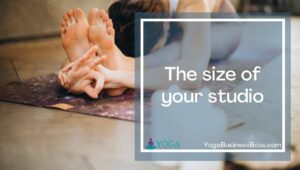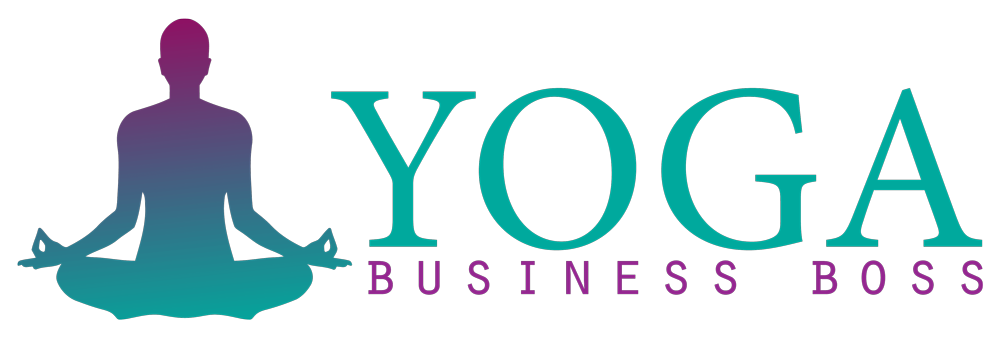Are you about to launch your yoga studio and wondering how much it costs to heat it? If so, you’re not alone. Many yoga studio owners were in the same boat before and they still need to know how to budget for their monthly heating bills.
The initial cost of heating a yoga studio can range from $3,500-$7,000 while the cost per kilowatt hour of heating systems can be anywhere between $.90 and $1.70 for 600-1,000 square foot yoga studios. These amounts depend on several factors including the size of the studio, the type of heater used, and the area and climate where the studio is located.
Yoga studios need heating systems to provide the desired warm temperature during practice. When a roomful of yogis are comfortably doing their bends and stretches in the ideal studio temperature, blood flow is increased and their muscles are relaxed. These health benefits surely can lead them to an amazing yoga experience.
The average cost of heating a yoga studio

The initial cost of heating a yoga studio can range from $3,500-$7,000. Additionally, the cost per kilowatt hour of yoga studio heating systems can be anywhere between $.90 and $1.70 for 600-1,000 square foot studios. These costs will vary depending on your region and its climate, the size of your studio, and the type of heating system you choose.
For example, electric baseboard heaters are generally cheaper to install and operate than more complex systems such as radiant floor heat. However, they may not be able to provide enough heat in colder climates. On the other hand, radiant floor heat can keep a studio warm and toasty year-round, but it requires more upfront costs for installation.
To get an accurate estimate of how much it will cost to heat your studio, it’s best to consult a professional HVAC technician who can assess your needs and recommend the best system for your space.
The type of heater you need
Several options are available in selecting the type of heater that suits your requirements. One is to use a traditional space heater. These are most commonly used in residential and small commercial settings and can range from portable electric heaters to larger gas-powered heaters. Space heaters typically come in two different types: convection and radiant. Convection heaters are designed to circulate warm air throughout a room, while radiant heaters direct heat toward an object or person in the room.
Another option is to use a forced air heating system. This system uses a fan to draw air through a furnace, where it is heated before being distributed throughout the yoga studio. The main advantage of using a forced air system is that it provides consistent heating throughout the entire space, ensuring that each student is comfortable no matter where they’re practicing.
You may also want to consider installing a radiant floor heating system that uses hot water tubes buried beneath the floor to provide heat to the entire space. It’s an efficient and cost-effective way to keep your yoga studio comfortably warm during winter months.
No matter which type of heater you choose, it’s important to make sure it meets all local building codes and safety regulations. It’s also a good idea to have a professional install the heater to ensure that it works properly and safely.
The size of your studio

It is important to consider the size of your space to determine how much energy you will need to heat your yoga studio. Larger spaces require more energy to heat. This means that if your yoga studio is larger, you will likely need a more powerful heater to ensure that the space is adequately heated. On the other hand, if you have a smaller studio, you may be able to use just a smaller heater or a large one that is sufficient enough to heat the entire area.
Additionally, it is important to note that the size of your studio may also influence the cost of heating it. If you have a large studio with high ceilings, you may need to invest in a more powerful heater which will cost more than a smaller one for a more compact studio.
The Ideal Dimensions of a Yoga Studio
The climate you live in
When it comes to the cost of heating a yoga studio, climate plays a significant role. In colder climates where temperatures drop below freezing, you will need to invest in an efficient heater that can keep the temperature at a comfortable level. If you live in a warmer climate, you may be able to get away with using a less expensive option, such as a space heater or a fan. Just make sure that you have adequate airflow and ventilation to keep the air cool and comfortable for your yogis.
Pros and Cons of heating a yoga studio
A heating system has its pros and cons and for a yoga studio and they are:
Pros:
- Heating a yoga studio is beneficial for both instructors and students as it allows for longer class times and provides more comfort for everyone.
- It also helps prevent injuries by allowing students to perform poses in a warmer, less tight environment.
- It can also be a great way to create a more inviting atmosphere and attract more students.
Cons:
- Heating a yoga studio can be expensive, depending on the type of heater and the size of the studio.
- It can also increase the risk of fire if not maintained properly.
- A hot yoga studio can cause students to become uncomfortable and even dizzy, so instructors need to monitor the temperature and adjust it accordingly.
Conclusion

The cost of heating a yoga studio depends on several factors, including the size of the studio, the type of heater used, and the climate of the area where the studio is located. Generally, the initial cost of heating a yoga studio can range from $3,500-$7,000. Regardless of the room temperature, heating your yoga studio aims to provide mental relaxation as well as physical fitness. A hot environment can make yoga more difficult to practice, but some of the benefits may be worth it.
The Average Earnings of Yoga Instructors
Frequently Asked Questions
A non-heated yoga class should be held in a room that is between 70 and 76 degrees Fahrenheit (about 21 and 24 degrees Celsius). Temperatures in this range provide a comfortable environment for most students, as they are neither too hot nor too cold.
You can practice hot yoga every day as long as you hydrate, fuel your body, and rest between sessions. If you have a medical condition, you should consult with your doctor before practicing hot yoga.
To learn more about starting your own Yoga Business check out my startup documents here.
Please note: This blog post is for educational purposes only and does not constitute legal advice. Please consult a legal expert to address your specific needs.

Meet Shawn Chun: Entrepreneur and Yoga Fan
I’m a happy individual who happens to be an entrepreneur. I have owned several types of businesses in my life from a coffee shop to an import and export business to an online review business plus a few more and now I create online yoga business resources for those interested in starting new ventures. It’s demanding work but I love it. I do it for those passionate about their business and their goals. That’s why when I meet a yoga business owner in public at a studio or anywhere else I see myself. I know how hard the struggle is to retain clients, find good employees and keep the business growing all while trying to stay competitive.
That’s why I created Yoga Business Boss: I want to help future yoga business owners like you build a thriving business that brings you endless joy and supports your ideal lifestyle.

